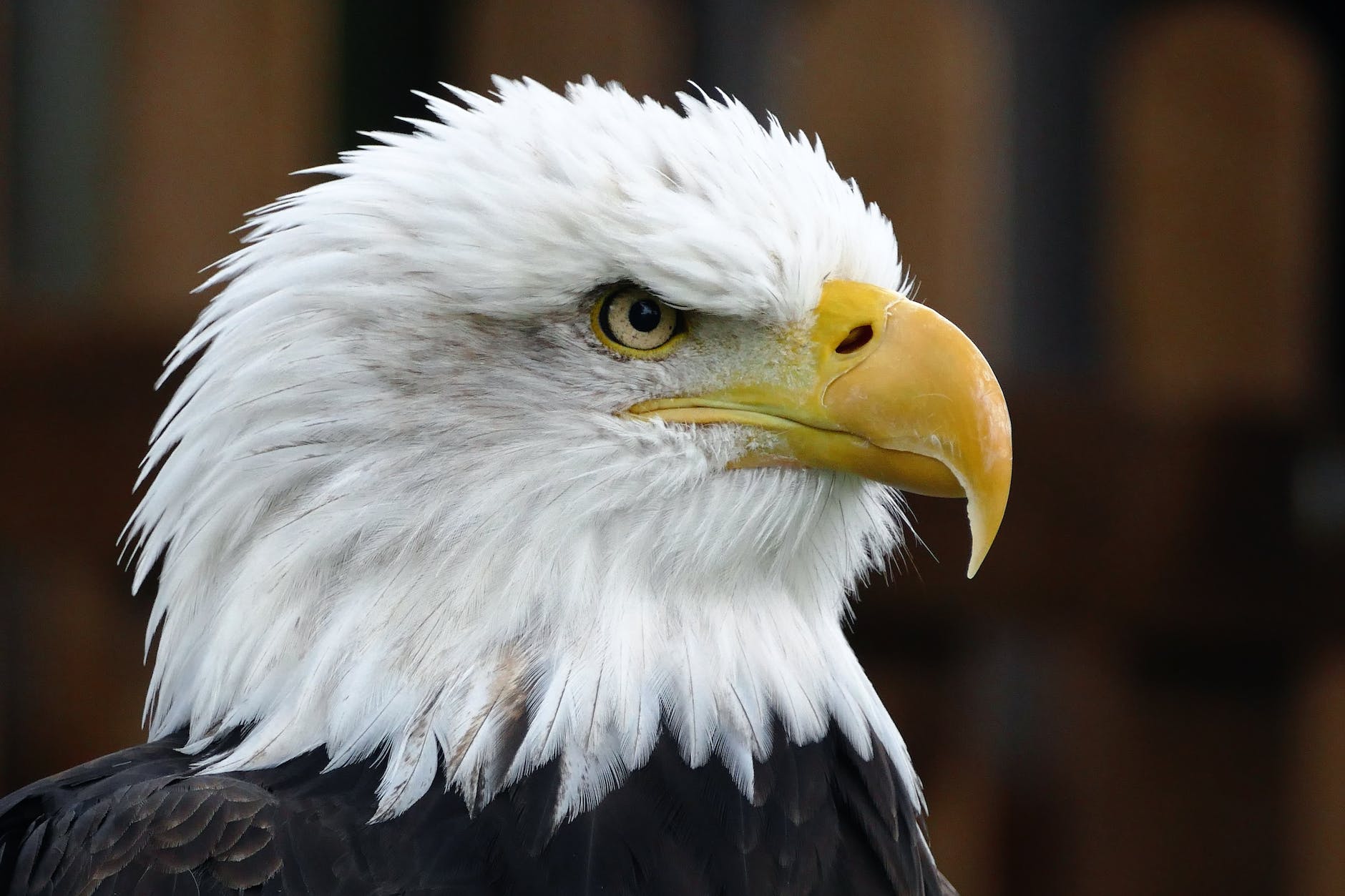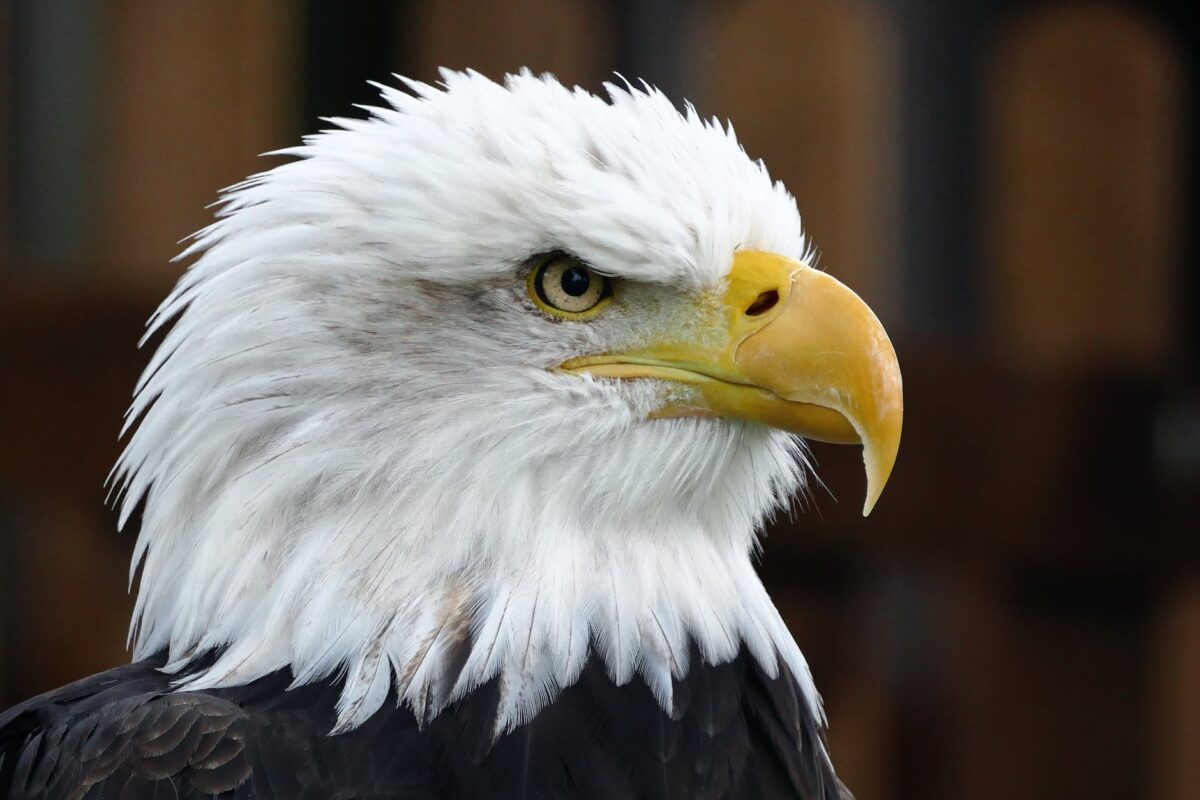
In a bustling city, surrounded by the relentless energy of commerce, stood a majestic tree. This tree, often overlooked amidst the noise of trade and ambition, had witnessed generations of economic cycles – booms and busts, much like the seasons it weathered. It stood as a silent reminder that growth, whether in business or in nature, follows cycles of renewal and decay.
Just like the businesses that thrived around it, the tree had its own strategies for survival. It spread its roots wide, much like a corporation establishing a broad customer base. Its leaves, broad and green, competed for sunlight as fiercely as companies vied for market share. In spring, it blossomed, attracting a multitude of life, similar to a flourishing economy attracting investors and consumers.
However, the tree also knew the importance of balance. In autumn, it shed its leaves, conserving energy in preparation for the harsh winter, paralleling how wise businesses save for lean times. This cycle of growth and conservation was a dance of resilience and adaptation, mirroring the fluctuations in the market.
The people of the city, engrossed in their daily pursuit of wealth, often failed to notice the tree’s lessons. Yet, the tree remained, a testament to the enduring principles that govern all growth – in nature and in capitalism. It was a symbol that in the relentless pursuit of progress, whether by leaf or by coin, the principles of growth, adaptation, and sustainability remain universal.
Capitalism, often considered a product of human invention, might not be as detached from the natural world as one might think. Delving deeper, we can discern striking parallels between the principles governing our market-driven economies and the laws steering life in the wild.
Let us uncover the intricate ways in which nature and capitalism mirror each other, revealing that perhaps our economic system is more rooted in the natural world than we’ve previously acknowledged.
- The Primacy of Competition and Cooperation
Survival of the Fittest isn’t just a Darwinian concept. In nature, species compete for essential resources, be it territory, food, or mates. Similarly, businesses in a capitalist setup jostle for market share, consumer attention, and resources. However, nature isn’t solely about competition. Just as bees and flowers engage in mutualistic relationships for mutual benefit, companies often forge partnerships to leverage each other’s strengths. - Niche Mastery and Market Segmentation
In the vast tapestry of ecosystems, different species evolve to fill specific niches. The leafcutter ant, for example, has a unique role in rainforest ecosystems, much like a specialty boutique targets a niche audience overlooked by bigger retailers. - The Drive to Innovate and Adapt
Evolution pushes organisms to continuously adapt to their surroundings. Birds might evolve better camouflage, or fish might develop more efficient fins. Likewise, in capitalism, the success mantra is innovation. Businesses that fail to keep up with changing market dynamics, technological shifts, or customer preferences often fall by the wayside. - Resource Allocation and Investment
An oak tree dropping thousands of acorns or a lioness nurturing her cubs showcases nature’s investment for the future. In the business world, companies decide where to channel resources, be it in R&D, marketing, or expanding their workforce, aiming for maximum future returns. - The Boom-Bust Phenomenon
Natural systems often witness ‘boom and bust’ cycles. Consider the explosion of certain prey populations when predators are few, followed by a crash when predator numbers rise. Capitalist economies are not strangers to such cycles, as economic booms are often succeeded by recessions. - Risk Mitigation Strategies
Nature is full of examples of organisms preparing for uncertain times. Squirrels stash away nuts for winter, while some plants remain dormant during droughts, only to bloom when conditions are right. Similarly, businesses maintain emergency funds, diversify product lines, or expand into different markets to safeguard against unpredictable economic climates. - Communication is Key
The songs of birds, the dance of bees, or the bright colors of some flowers are all nature’s way of communicating. Brands, in their own way, use advertising, PR campaigns, and social media to communicate their value proposition, attract customers, and set themselves apart. - Sustainability and Vision
Nature has its own long-term players. Trees like the mighty redwoods grow slowly but have a lifespan stretching across centuries. In the corporate world, while some businesses chase quick profits, others, like legacy brands, focus on sustainability and long-term vision.
It’s intriguing to consider that capitalism, often viewed as a purely human construct, shares so many principles with the natural world. By acknowledging these parallels, perhaps we can draw lessons from nature to shape a more resilient, sustainable, and harmonious economic future. After all, nature, with its billions of years of trial and error, might just be the most seasoned economist of all.

